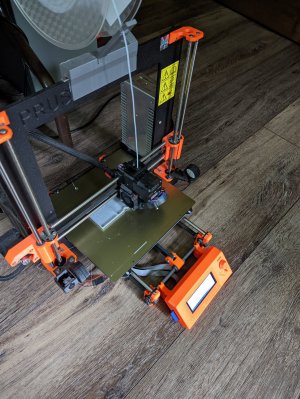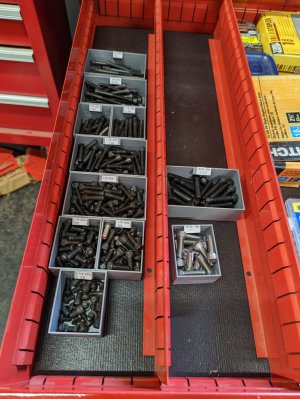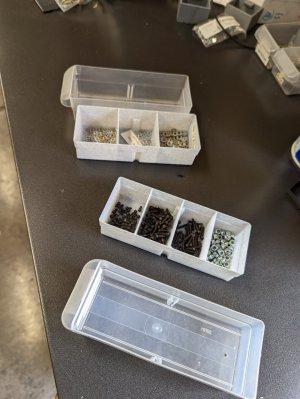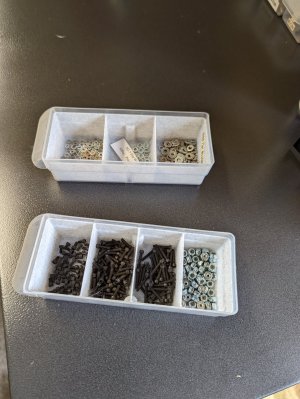- Joined
- Jan 6, 2017
- Messages
- 1,251
Does this model work well, is it reliable?
bought mine 2018 if I remember correctly.
So far the only issues I've had were due to me not understanding what I was doing, early on, in the first year of ownership.
Once I started setting up correctly for different filament types, using the correct settings, leveling and adjusting the build plate correctly, everything started going smoothly.
The machine itself works pretty well.
The replacement build plate sticker/liner things are overpriced and kinda suck. Glass build plates are the way to go. The flexible magnetic spring steel ones are nice too. I have several of each.
For PETG I've found that setting the build plate gap is a big deal. Too close and it sticks so hard you'll ruin the plate trying to get it off. Too far and it won't stick at all. I use the spring steel magnetic setup for PETG. When the print is done, you can pop the magnetic plate off and flex it like an ice tray. The part pops right off.
Last edited:





